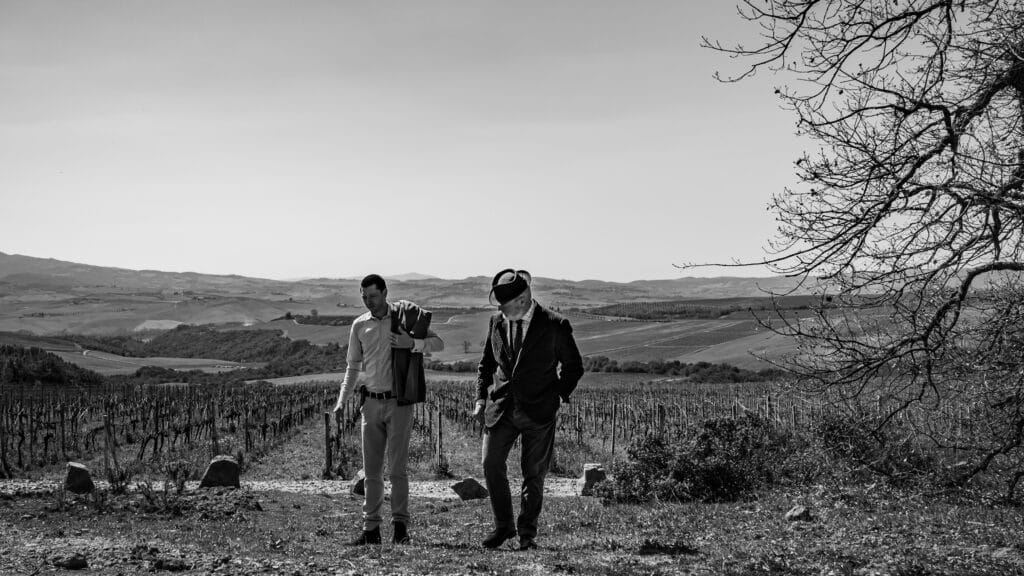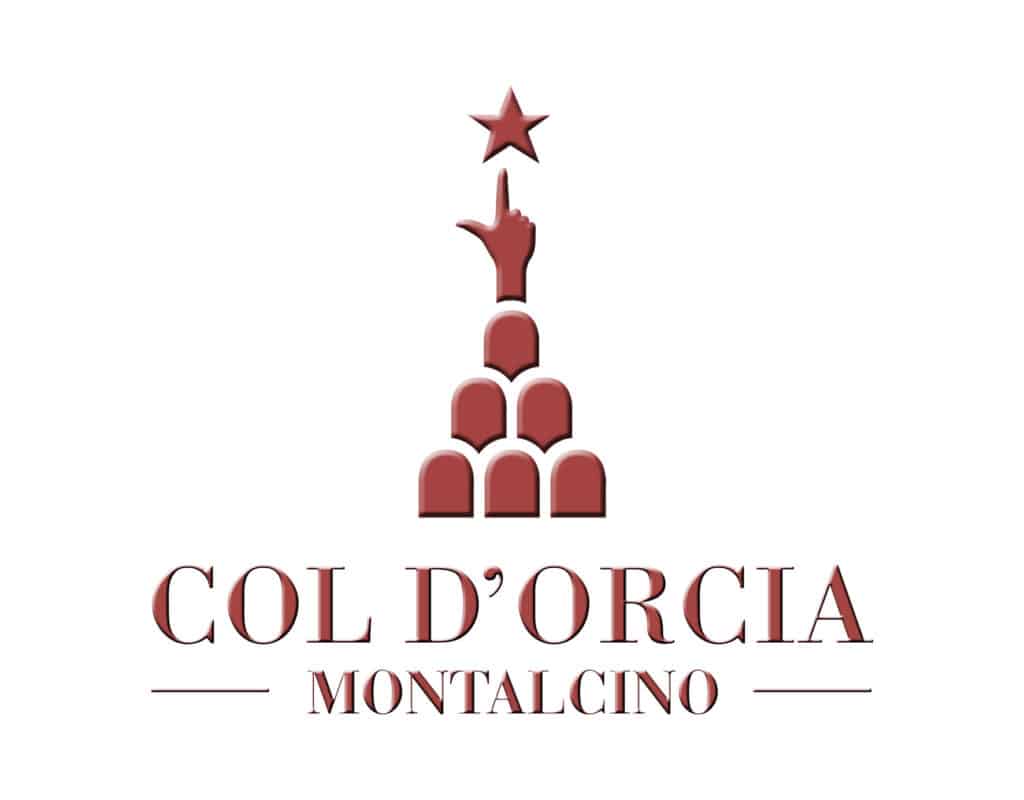About Col d’Orcia
Situated on the southern slopes of the village of Montalcino, Tuscany, the Col d’Orcia estate has a winemaking heritage dating back to the Renaissance, and is presumed to have once been a hamlet of the Templar Knights. In 1973 the estate was acquired by Count Alberto Marone Cinzano, from the already well-established Cinzano family, famous for their iconic vermouth and sparkling wine production dating back to the 16th century in their cellars of Santa Vittoria d’Alba, Piedmont. Today, the Cinzano family has been in Montalcino for 50 years and developed Col d’Orcia, a founding member of the Brunello di Montalcino consortium, into one of the most iconic estates of the region.
The name Col d’Orcia, meaning “the hill overlooking the Orcia River,” reflects its location amid the rolling hills in the south of Montalcino, which overlook the Orcia River, the heart of the UNESCO World Heritage Site Val d’Orcia. The high-elevation, southwest-facing vineyards feature diverse limestone and marl soils with low rainfall and great exposition to Mediterranean breezes, providing ideal conditions for crafting rich and elegant wines. Covering 520 hectares of farmland, 144 of them are planted with vineyards. Col d’Orcia stands as the third-largest vineyard owner in Montalcino (the largest fully Organic) and it remains one of the oldest estates in the region.
Winemaker Count Francesco Marone Cinzano has strongly solidified the estate’s reputation for crafting high-quality, classic Montalcino wines that adhere to traditional production methods, further elevating the reputation of the estate as a leader in sustainable agriculture and, as he defines them “clean, healthy wines”. Proudly defined as an “organic island”, Col d’Orcia is committed to maintaining the natural environment in which it operates and has employed organic farming practices for decades, using biodynamic practices in recent years. The entire estate includes vineyards, gardens, olive groves, and fields of honeyflower, tobacco, and wheat, all farmed exclusively using certified organic practices.
Col d’Orcia is particularly well known for the aging potential of their wines, boasting a collection of Brunello di Montalcino bottlings that goes back to the 1960 vintages and are periodically put on the market. The acid-driven, classic style of their Brunello di Montalcino allows for a great longevity of aromas, allowing the wine to develop and flourish even after 20 or 30 years in the bottle. For each vintage, an allocation of the Brunello di Montalcino labels is unreleased and held back for long aging, these bottles are aged in the best conditions possible at the winery’s cellar, doing this Col d’Orcia ensures the market is supplied with reliable bottles that are shipped directly from the family’s private collection.
In addition to the classic Brunello and Rosso di Montalcino, the winery also produces two CRU Brunellos, the Vigna Nastagio and the Riserva Poggio al Vento (only in top vintages).
Col d’Orcia was the first winery to introduce ‘foreign’ varietals to Montalcino, producing two Supertuscans since the 1980s (Nearco and Olmaia, their iconic Cabernet Sauvignon). White wines are produced as well, in the form of barrel-aged Chardonnay, stainless steel Pinot Grigio, and the unique Moscadello renaissance wine.



The terroir is one of the region’s best. These are long-lived wines, born of the earth.